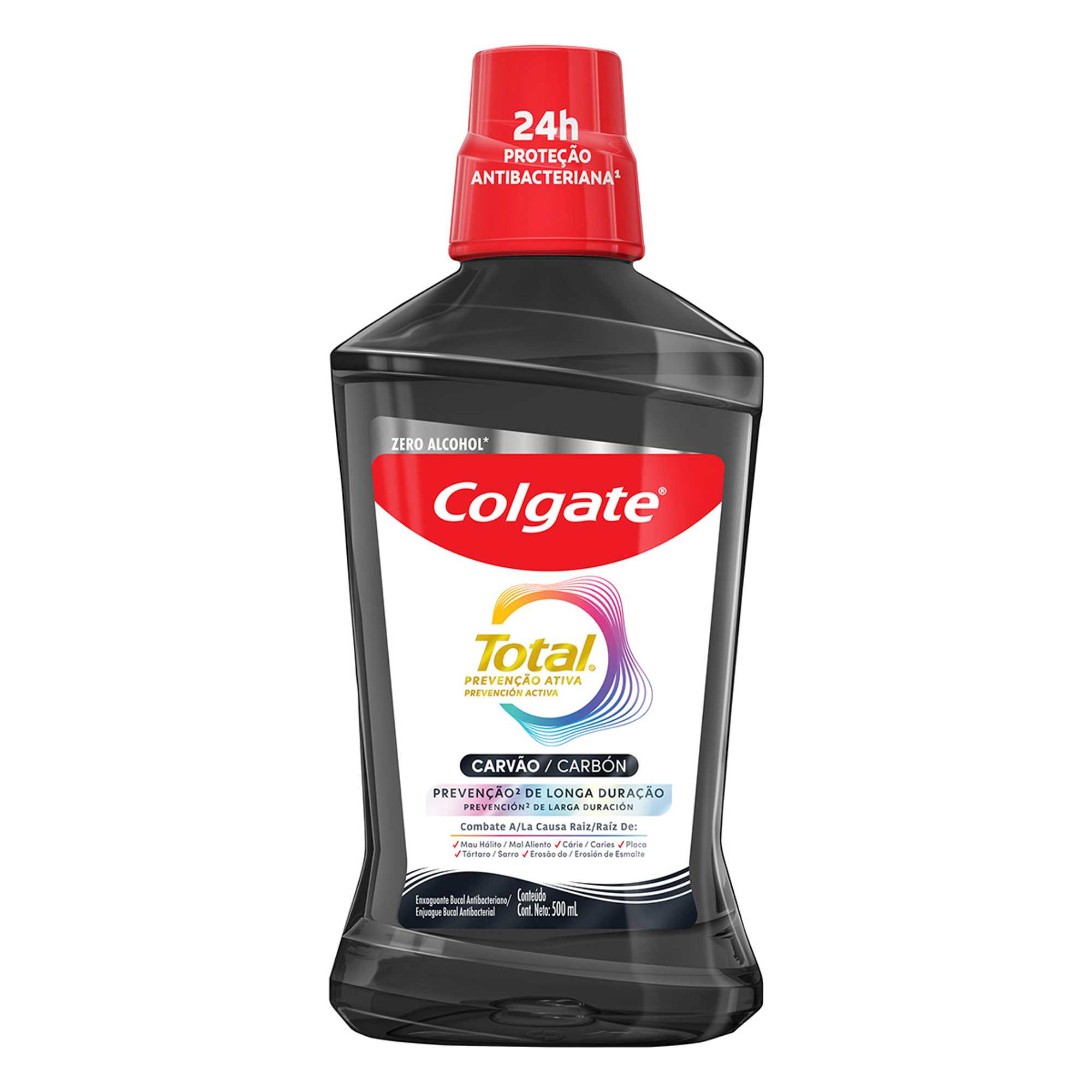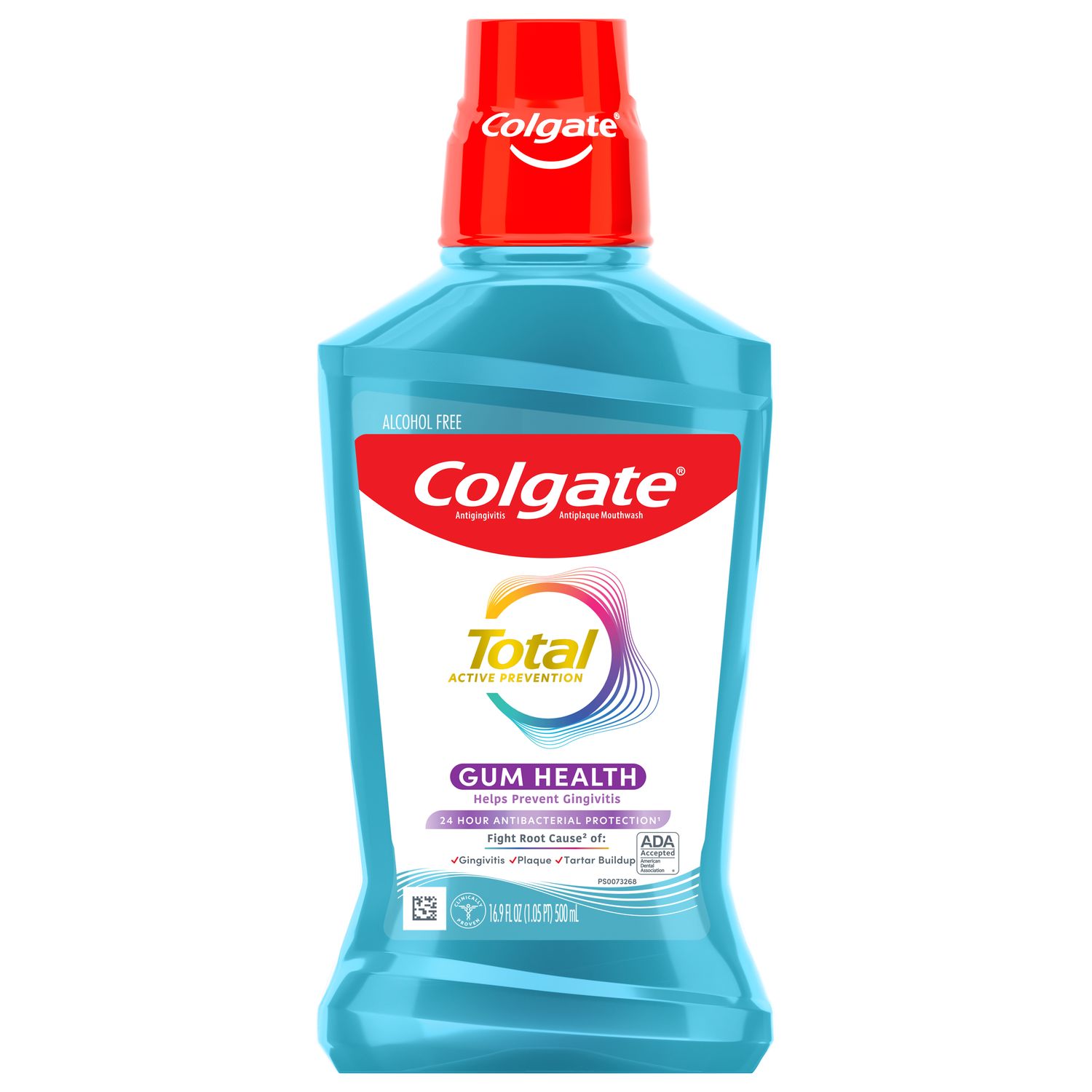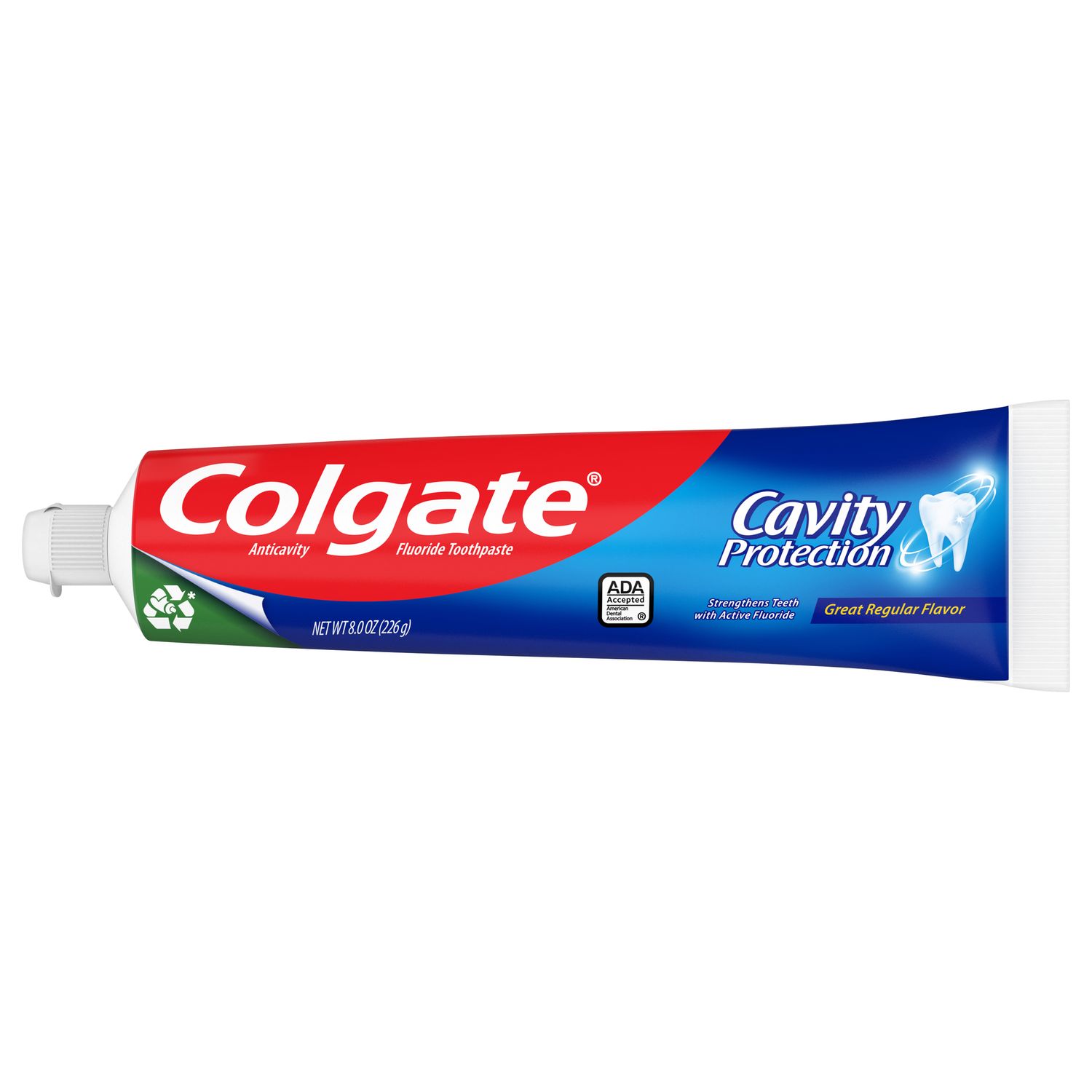An Overview of Proper Tongue Posture
When your tongue is at rest, the tip of your tongue should touch the roof of your mouth, just behind your front teeth, as a study published in Radiology and Oncology notes. The tip of your tongue shouldn't rest low on the floor of your mouth.
The proper position of the tongue varies during speech, as the textbook Clinical Management of Speech Sound Disorders explains. For example, to make sounds such as "a" and "æ," the tongue should be held lower than its neutral position. In contrast, to make sounds like "i," "u" and "g," the tongue should be held above its neutral position. The tongue retracts in the mouth to make sounds like "o" or "u."
The Academy of Orofacial Myofunctional Therapy notes that, when swallowing, the tongue should be held against the roof of the mouth. Some children push their tongues forward through their teeth when they swallow, which is an improper tongue positioning known as a tongue thrust, according to Rady Children's Hospital.
Issues Linked to Improper Tongue Posture
Abnormal tongue positioning has been linked to dental and orofacial issues, including problems with tooth alignment and issues with speech.
Speech Issues
The Radiology and Oncology study notes that speech dysfunctions, such as articulation disorders, are linked to poor posture of the tongue. The American Speech-Language-Hearing Association (ASHA) reports that people with articulation disorders make speech errors. They may make distorted sounds when they speak, or they may substitute one sound for another.
Malocclusion
As the National Institutes of Health (NIH) explains, malocclusion means that the teeth aren't aligned properly. In the Radiology and Oncology study, children with poor tongue posture were reported to have a higher incidence of anterior open bite, a type of malocclusion where the front teeth don't touch when the mouth is shut. This may be because the tongue puts pressure on the teeth, which can shift their position over time.
How Improper Tongue Posture Is Treated
Orofacial myofunctional therapy is a treatment that may help people learn the correct resting posture of the tongue, as the ASHA explains. This treatment, which is performed by speech-language pathologists, may involve exercises that target the tongue. Rady Children's Hospital notes that children should also be encouraged to consciously rest their tongues in the proper position and to be aware of their mouth posture. Correcting improper tongue positioning can help resolve speech dysfunction.
Other complications of improper tongue positioning, such as malocclusion, are addressed by dental professionals. Malocclusion may be treated with braces or other orthodontic appliances, and in rare cases, a dentist may recommend surgery to reshape the jaw, notes the NIH.
Proper posture is important. Just like slouching at your desk isn't good for your back, holding your tongue in an incorrect position isn't good for your dental health. If you're concerned about your tongue posture, talk to your dentist.
Oral Care Center articles are reviewed by an oral health medical professional. This information is for educational purposes only. This content is not intended to be a substitute for professional medical advice, diagnosis or treatment. Always seek the advice of your dentist, physician or other qualified healthcare provider.
ORAL HEALTH QUIZ
What's behind your smile?
Take our Oral Health assessment to get the most from your oral care routine
ORAL HEALTH QUIZ
What's behind your smile?
Take our Oral Health assessment to get the most from your oral care routine















